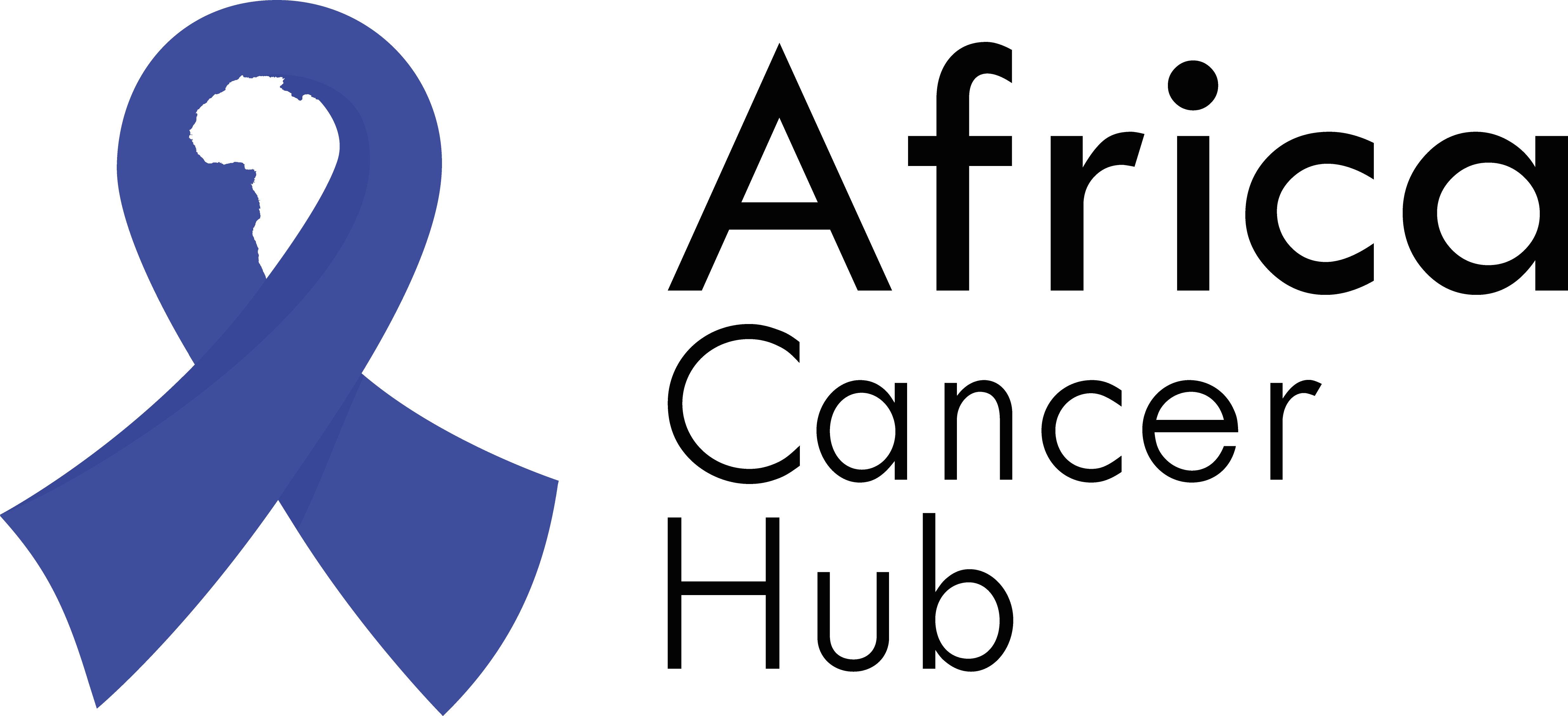Leukaemia happens when there are some mutations in your blood cells’ DNA. is a cancer of the blood-forming cells like the bone marrow, which is a spongy material found inside bones.
Every day, your bone marrow makes billions of new blood cells. Bone marrow produces stem cells, which have the ability to develop into three important types of blood cells:
- red blood cells – which carry oxygen around the body
- white blood cells – which help fight infection
- platelets – which help stop bleeding
When you have leukaemia, your body makes more white cells than it needs.
These leukaemia cells can’t fight infection the way normal white blood cells do. And because there are so many of them, they start to affect the way your organs work. Over time, you may not have enough red blood cells to supply oxygen, enough platelets to help stop bleeding, or enough normal white blood cells to fight infection.
The 2 main types of white blood cells are:
- lymphocytes – this helps to fight viral infections
- myeloid cells – they do different things like fighting bacterial infections, defending the body against parasites and preventing the spread of tissue damage
The four main types of leukaemia are:
Acute lymphocytic leukaemia
It is the most common form of leukaemia and also the most common form in children, though it can occur in adults. It progresses quickly and aggressively and requires immediate treatment. Symptoms may include:
- bone and joint pain
- pale skin
- unintentional weight loss
- swollen lymph nodes (glands)
- a purple skin rash
- feeling tired and breathless
- night sweats
- repeated infections over a short time
- easily bruised skin
- unusual and frequent bleeding, such as bleeding gums or nosebleeds
- high temperature
- abdominal pain – caused by a swollen liver or spleen
Acute myelogenous leukaemia
This, on the other hand is the most common type in adults, though it can occur in children too. Factors that increase the risk of having AML include:
- Frequent smoking and exposure to benzene, a chemical used in manufacturing which is also found in cigarette smoke
- Previous cancer treatment
- Some genetic conditions, such as Down’s syndrome
Symptoms might include :
- losing weight
- looking pale
- feeling tired or weak
- constant feeling of breathlessness
- frequently getting infections
- Frequent and unusual bruising or bleeding, such as bleeding gums or nosebleeds
Chronic lymphocytic leukaemia
This develops slowly and you may not need treatment for years. Few symptoms for CLL includes :
- swelling and discomfort in your tummy
- night sweats
- getting infections often
- a high temperature
- anaemia – persistent tiredness, shortness of breath and pale skin
- bleeding and bruising more easily
- swollen glands in your neck, armpits or groin
- unplanned weight loss
Chronic myelogenous leukaemia
This usually develops slowly and you may have no symptoms for years without needing treatment, before getting to a stage it starts growing very quickly.
As the condition progresses, such symptoms can include:
- weight loss/fatigue
- tenderness and swelling in the left side of your tummy
- frequent infections
- Fever
- Feeling full after small meals
- night sweats
- bruising and bleeding easily
- bone pain
It is estimated that around 70% of men and 75% of women will live for at least 5 years after their diagnosis. Younger adults tend to have better prospects than older adults.
The earlier CML is diagnosed, the better it can be treated and brought under some level of control. Hence it is suggested that treatment for CML is started immediately it is diagnosed so as to help slow down its progression and kept under control.
In the past, CML used to be a serious and life-threatening condition, but with the introduction of newer tyrosine kinase inhibitors, the outlook is much better now than in the past.
Other types include myelodysplastic syndromes and disorders, and hairy cell leukaemia.


